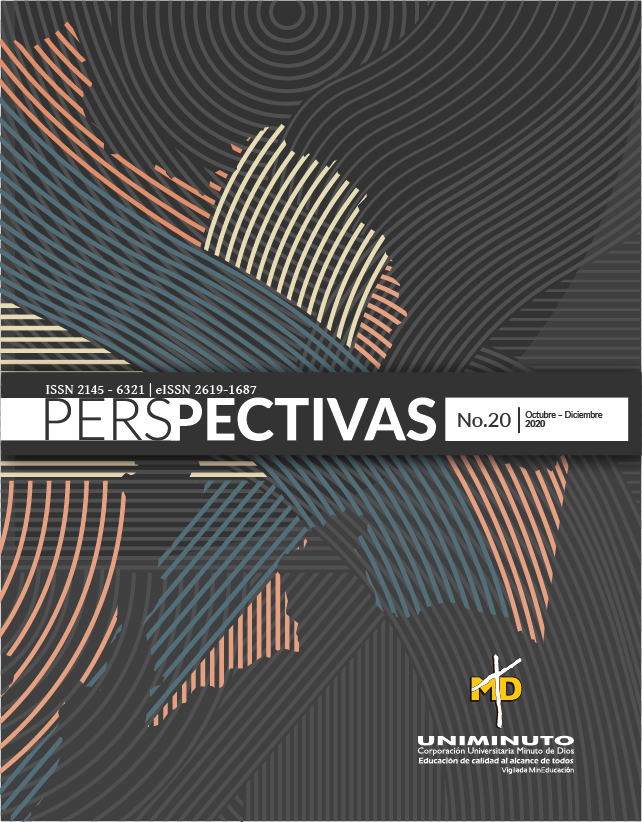La construcción simbólico-ritual, del cerebro a la cultura
Barra lateral del artículo
Cómo citar
Altmetrics
Detalles del artículo

Esta obra está bajo una licencia internacional Creative Commons Atribución 4.0.
Contenido principal del artículo
Resumen
Los símbolos y como estos son construidos por el hombre, son entendidos y responden a diferentes complejidades encargadas de brindarles valores sensitivos, entre ellos está el cerebro-mente y la cultura como constructora de realidades. Materiales y método. Sin el cerebro como órgano receptor de los sentidos y la cultura como medio de fundamentación valorativa, el hombre no podría construir sistemas simbólicos cargados de sensaciones y emociones alejadas de lo físico. Conclusión. En esta investigación un medio práctico de conocimiento de realidades, y es práctico al permitir que el etnógrafo haga parte de los ritos y ceremonias de los sistemas que se pretenden estudiar, además permite construir un proceso descriptivo de la intertextualidad de los diferentes grupos poblacionales objetos de investigación.
Referencias
Bartra, R. (2007). Antropología del Cerebro. México: Pretextos.
Baztán, Á. A. (1995). Etnografía (pp. 3-20). Marcombo.
Gonzales, D. (2008). Psicología de la motivación. La Habana: Ciencias Médicas.
Gómez de la Cortina Najera, R., & Jaimes García, J. (2013). Neuronas
Espejo: neurofisiología de las formas complejas de Cognición e interacciones sociales (revisión de la Literatura).
Gupta, S., & Rajapakse, J. C. (2020). Iterative consensus spectral clustering improves detection of subject and group level brain functional modules. Scientific reports, 10(1), 1-15.
Hnazaee, M. F., Khachatryan, E., Chehrazad, S., Kotarcic, A., De Letter, M., & Van Hulle, M. M. (2020). Overlapping connectivity patterns during semantic processing of abstract and concrete words revealed with multivariate Granger Causality analysis. Scientific reports, 10(1), 1-19.
Hernández Sampieri, R., Fernández Collado, C. y Baptista Lucio, P. (2006). Metodología de la investigación.
Jung, C. (1964) “El Hombre y sus símbolos”, Madrid, Ediciones Aguillar.
Llinás, R. (1934) “El cerebro y el mito del yo”, Bogotá, Editorial Norma.
Morin, E., & Pakman, M. (1994). Introducción al pensamiento complejo. Barcelona: Gedisa.
Renteria, C., Liu, Y. Z., Chaney, E. J., Barkalifa, R., Sengupta, P., & Boppart, S. A. (2020). Dynamic tracking Algorithm for time-Varying neuronal network connectivity using Wide-field optical image Video Sequences. Scientific reports, 10(1), 1-13.
Rodríguez, P. (2000). Adicción a sectas. Barcelona: B, S.A.

